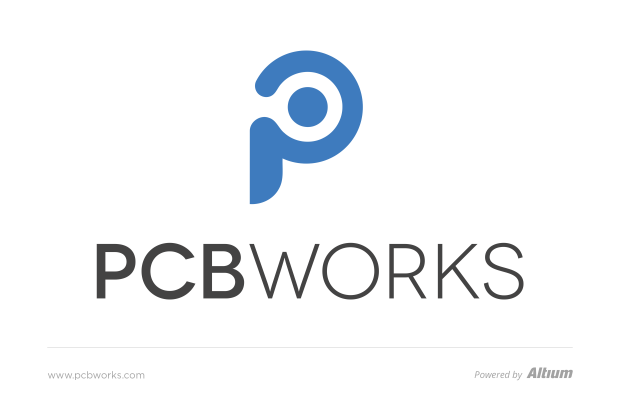PCBWorks Now Available
Every engineer knows the pitfalls that await when the electrical and mechanical sides of our design process fail to integrate their workflows and design data. But do we also understand all of the underlying costs associated with these design process failures? With the rising need for connected design experiences, we are at a unique juncture in the evolution of our design tools where collaboration features are becoming a daily necessity. As engineers strive to strike the perfect balance of aesthetic emotion and electronic functionality a design process that rewards experimentation, not penalizes experimentation, is surely needed.
The True Costs
It’s rare these days to find a mechanical design that exists in isolation with no PCB counterpart. As connected as the physical customer experience is, our ECAD/MCAD design collaboration process is commonly fragmented and separate, with both sides vying for control and struggling to communicate. And we all know what this leads to:
- Missed time to market and budgets with design revisions slipping through the cracks and prototype costs skyrocketing from failed communication processes.
- Wasted time and productivity with designers having to manage multiple revisions that could have been solved the first time with a properly implemented collaboration system.
- Product experiences that are compromised during the design phase based on budget and time constraints vs. being iterated to perfection.
Tangible Pain
We engineers always love concrete data, so consider this the next time you are facing the potentiality of a failed design process:
- The average company creating a moderately complex PCB requires 14.1 physical prototypes, at an average cost of $8,929 per prototype. Can your budget really afford numerous prototypes that fail to fit your mechanical enclosure because of a communication breakdown in the design phase?
- On average, Engineering Change Orders (ECOs) cost $1,984 to implement during development, and $10,625 once a design has been released to manufacturing. How many ECOs has your company generated in the last year because your ECAD/MCAD designers weren’t on the same page?
A New Reality for Collaboration
Introducing a new PCB design tool specifically made for direct integration with SolidWorks® and a mechanical designers existing workflow – PCBWorks.
When we looked at the traditional design environment in several companies, what we found is mechanical designers leading the workflow process, with the mechanical enclosure being the final determinant for how a design would come to completion.
Changing the mechanical designer’s tool would lead to a disruption in this traditional structure, and the weak link was clearly the PCB design tool being used that had no intelligent data connection with the mechanical environment.
PCBWorks solves all of the old problems of design collaboration, incorporating a number of powerful features that intelligently link design data to keep both design teams operating at their highest peak of efficiency. With PCBWorks, you can:
- Actively make changes to component placement, board shape, and mounting holes on your PCB directly in your SolidWorks® environment, syncing data with PCBWorks easily with managed ECOs.
- Ensure that your design data is as accurate as possible by using SolidWorks® native Parasolid file format directly in PCBWorks. By using native lossless files instead of error-prone translations, Parasolid provides the most accurate representation of your design intent and keeps your mechanical and electrical data in sync.
- Gain an even greater degree of control over your PCB design process with access to copper traces from your board designs. Native Parasolid board data provides a new-level of analysis capabilities directly within SolidWorks® with thermal, vibration and other simulations.
That’s just a small sampling of everything that’s possible in PCBWorks for design collaboration. And with over 25 years of experience in PCB design, you can be assured that PCBWorks includes all of the necessary power needed to easily handle today’s electronic designs. Check out all the features in PCBWorks at http://www.3dvision.com/solidworks/partner-products and see what’s possible for your design collaboration process.

 Blog
Blog